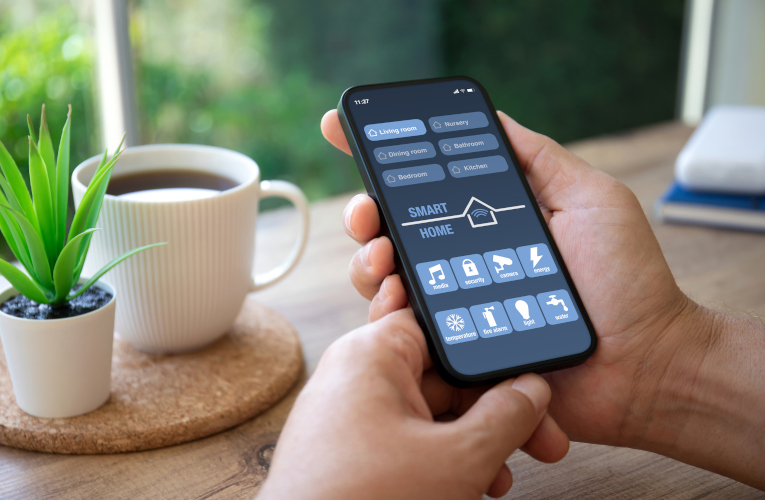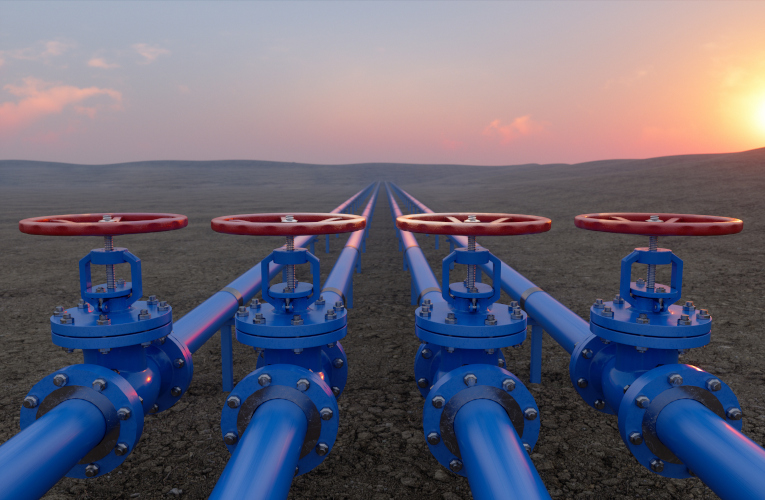
Industry Insights
From Providers to Enablers: Rethinking the Role of Utilities in the Age of DERs
The growing adoption of distributed energy resources (DERs) like electric vehicles, rooftop solar and residential battery storage is driving a fundamental shift in electricity management: what once was a one-way transaction has evolved into a dynamic, two-way exchange. Utilities are not only providing energy but enabling it, while consumers are evolving into prosumers and becoming active participants in our world’s energy ecosystem.
This is a defining moment for the energy industry—one that calls for new technologies, new approaches and new ways of thinking. Let’s take a closer look at the forces fueling this industry-wide transformation.
The utility-consumer relationship is changing.
Think about your own relationship with your utility. Do you receive your electricity bill in the mail or electronically? Does it show a simple lump sum or a detailed breakdown of your usage? Have you ever engaged with your utility outside of outages or billing questions?
For many, the relationship with their utility has historically been minimal, transactional and largely reactive. This is beginning to change. As consumers adopt more assets behind the meter, enabling them to generate, store and manage their own energy, utilities need to rethink engagement. This shift requires greater transparency, frequent touch points and more opportunities for customers to support a resilient, reliable grid.
The grid is no longer solely built around consumption.
Consumers are becoming prosumers—producing, storing and sometimes even selling energy back to the grid. This shift represents an enormous opportunity, but only if utilities can effectively enable and coordinate participation at scale.
Virtual power plants (VPPs) are a key enabler. By aggregating and coordinating flexible DERs—smart thermostats, EV chargers, solar-plus-storage systems, etc.—VPPs can help balance supply and demand without building new infrastructure. They deliver grid value today, not years down the line. In fact, the Department of Energy estimates that deploying 80 GW to 160 GW of VPP, enough to serve 10% to 20% of peak load, by 2030 could support rapid load growth while also reducing the cost required to serve new load. However, their success depends on user-friendly platforms, transparent incentives and seamless integration into everyday energy use. When these conditions are met, VPPs can turn everyday devices into powerful grid assets.
Legacy grid management systems weren’t designed for today’s demands.
To become true energy enablers, utilities must move beyond legacy systems and siloed operations. A modern, resilient grid requires an integrated digital foundation—one that connects data, devices and decisions across the network. This foundation is essential for enabling localized, real-time decision making and ensuring seamless coordination between grid operators and prosumers.
Technologies like distributed intelligence, advanced metering infrastructure (AMI), and distributed energy resource management systems (DERMS) are central to this transformation. Together, they enable the orchestration of DERs through AI-driven forecasting, real-time grid telemetry and flexible demand management. These capabilities help utilities manage growing complexity while unlocking new value from behind-the-meter assets.
Visibility and intelligence at the grid edge are invaluable to DER integration.
The complexity of the modern grid is increasing, fueled by variable renewables, electrification and the growth of DERs. Wood Mackenzie forecasts a 217 GW increase in DER capacity in the U.S. through 2028, which is equivalent to 70% of anticipated bulk generation additions. While DERs offer multiple benefits to consumers, support decarbonization and improve resilience, they also introduce new challenges. Utilities need localized, real-time visibility and control at the grid edge to manage them effectively.
Grid edge intelligence gives utilities situational awareness at the distribution level and behind the meter to coordinate, balance and optimize DERs. By leveraging edge computing and distributed sensors, utilities can monitor and manage conditions in real time, improving forecasting, optimizing load and responding proactively to events. Beyond grid management, grid edge intelligence also opens the door to prosumer energy trading. Edge computing enables the real-time monitoring, verification and settlement necessary for peer-to-peer energy markets, potentially transforming how energy is bought and sold at the local level.
Enabling the Grid of the Future
Electricity management was previously defined by one-way power flows and monthly meter reads. Now, it’s shaped by distributed assets, intelligent systems and engaged consumers. Utilities that embrace grid edge intelligence and participatory models like VPPs are well positioned to lead this new era, where energy isn’t just delivered, but orchestrated, optimized and shared.
Related Articles
HTML Example
A paragraph is a self-contained unit of a discourse in writing dealing with a particular point or idea. Paragraphs are usually an expected part of formal writing, used to organize longer prose.





